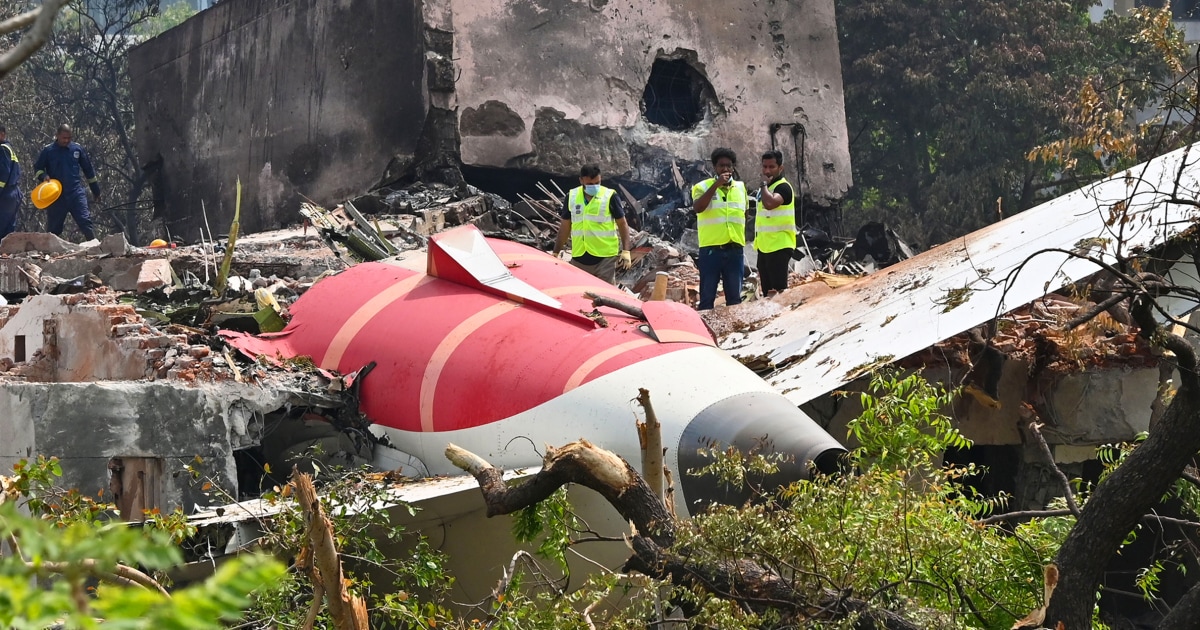The airline, seen as a symbol of India, had poured billions into expansion and modernization to repair its image after decades of neglect under state ownership.
Under the Indian conglomerate, which founded the airline in 1932 and bought it back in 2022 after it spent decades under government operation, Air India was making big moves, announcing a record order in 2023 of 470 aircraft valued at more than $70 billion.
A year later, the airline said it had begun a $400 million retrofit of its legacy fleet, accelerating the upgrade by leasing jets from other airlines, including Delta.
That momentum came to a grinding halt last month when a London-bound Boeing 787 Dreamliner crashed seconds after takeoff in the northwestern Indian city of Ahmedabad, killing all but one of the 242 people aboard plus 19 others on the ground in one of India’s worst aviation disasters.
Air India has since been under immense pressure to answer for the crash, but bereaved families were left with more questions after investigators released a preliminary report this month that said the plane’s fuel switches had been wrongly cut off, leading to speculation that one of the pilots might have done it accidentally or even intentionally.



The report cited a 2018 FAA advisory that urged operators of Boeing models, including the 787, to inspect the locking mechanism on fuel cutoff switches to prevent unintentional movement. The preliminary report noted that Air India had not carried out these inspections as they were not mandatory.*
This was not an issue for this plane. They replaced the entire throttle control module in 2019 and in 2023. Quoted text below is from page 6 of the preliminary report. I have bolded the relevant sentences.